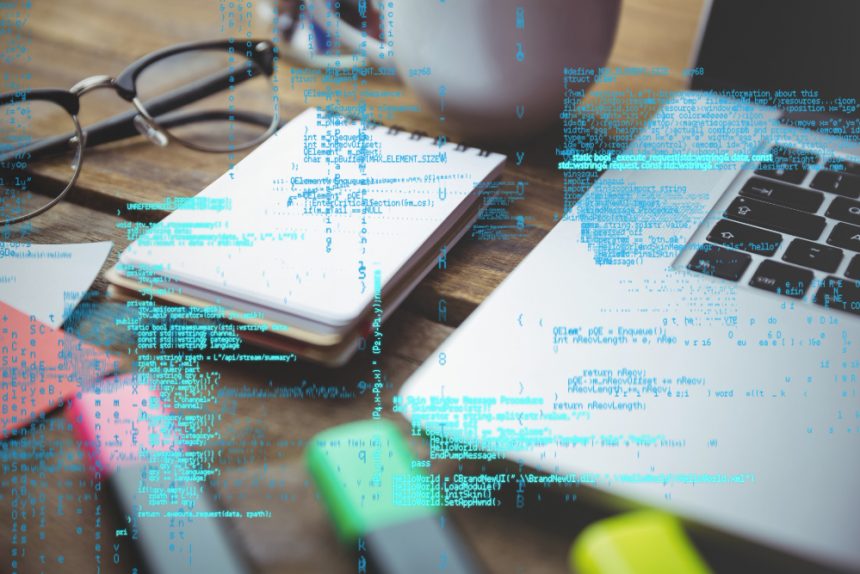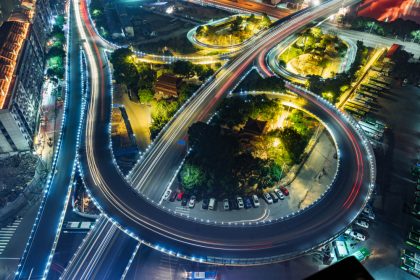At its heart, the notion that machines can “learn” sounds intuitive, yet puzzling. Humans learn by living through experiences—by making mistakes, adjusting behavior, and gradually improving their understanding of the world. Machines, in contrast, learn through data: enormous collections of examples that reflect fragments of reality. They do not possess curiosity or consciousness, yet through carefully designed mathematical frameworks, they can identify regularities that allow them to make judgments, predictions, and decisions in surprisingly human-like ways.
The foundation of algorithmic learning lies in pattern recognition. When you show a computer thousands of pictures labeled “cat” and “dog,” it doesn’t memorize individual images—it spots recurring patterns: the shape of ears, the color distribution of fur, or the spatial relationships of features. The algorithm begins to recognize concepts not because it has been told what a cat is, but because the numerical relationships in the data suggest a structure that distinguishes one category from another. Learning algorithms transform raw, messy data into structured internal models that encode these patterns mathematically.
This process underscores a key distinction between rule-based systems and data-driven systems. Traditional algorithms follow explicit instructions: “if X, then do Y.” Machine learning algorithms, however, infer the rules themselves by analyzing examples. Instead of telling a computer the precise mathematical definition of a handwritten number, we show it thousands of examples, let it guess, and correct it each time it errs. Over many cycles of feedback, the algorithm fine-tunes its internal parameters, improving its ability to generalize—meaning it can correctly recognize new examples it has never seen.
The comparison to human learning is natural but incomplete. Humans integrate emotion, context, and common sense; machines operate purely within the boundaries of statistical relationships. Where we form concepts through comprehension, they form models through optimization. Yet, in both cases, learning emerges from experience: repeated exposure, trial and error, and adjustment guided by feedback. The feedback loop—predict, evaluate, correct—is at the heart of both human and machine learning.
In artificial intelligence, this cycle is formalized through mathematical techniques like gradient descent, probability estimation, and information theory. These principles govern how an algorithm improves itself, quantifying “error” as a measurable distance between prediction and reality. Through continuous adjustments, the system nudges itself closer to patterns that best reflect the data. This quantitative embodiment of learning gives machines a powerful tool: they can analyze scales of information beyond human capability, transforming raw data into structured insight at a global scale.
Every intelligent system begins with data—but not all data are equal. Before algorithms can learn, the information they consume must be carefully gathered and prepared. Data collection involves gathering relevant examples—photos, text, numbers, audio, or sensor readings—from the real world. But raw data are messy; they contain errors, duplicates, missing values, and inconsistencies. Data cleaning removes noise and irrelevant details so that the algorithm can focus on the signals that truly matter.
Next comes representation. Machines see the world in numbers, not words or images. Each piece of data must be translated into a numerical form: pixel values for images, frequency patterns for sound, vector encodings for language. How we represent the data profoundly influences how well the algorithm can learn from it. A poor representation may obscure important relationships; a good one makes those relationships easier to discover.
Once the data are ready, the model begins its training journey. Imagine an algorithm as a blank canvas equipped with millions of adjustable “knobs” called parameters. During training, the algorithm makes predictions, compares them to known outcomes, and adjusts its knobs to minimize the difference between its guesses and the truth. This repetitive cycle—prediction, evaluation, correction—can happen millions of times. Over time, the algorithm’s structure stabilizes into a state that best captures the underlying regularities in the data.
Optimization serves as the algorithm’s compass. Techniques like gradient descent use calculus to find the most efficient direction for improvement, while loss functions measure how far the current predictions are from the correct answers. These mechanisms collectively drive the process of learning, creating models that are not just memorizing data but building internal abstract representations—compressed versions of reality that allow generalization to unseen scenarios.
Continuous improvement extends learning beyond the initial training phase. Algorithms adapt to new data as they are exposed to fresh information, either through retraining or incremental updates. This adaptability allows them to evolve alongside changing environments, much as humans refine their understanding through new experiences. Modern systems, like recommendation engines or adaptive speech models, embody this ongoing learning process, constantly aligning their performance with the most current patterns in human behavior and communication.
Ultimately, algorithmic learning is a dance between human guidance and computational autonomy. Human engineers define the objectives, select the data, and design the architectures that enable algorithms to function. Yet the behaviors that emerge from this process often surpass the creators’ explicit intentions, revealing patterns and insights that even experts did not anticipate. In this sense, machine learning represents a blend of human ingenuity and machine discovery—an interplay where mathematics serves as the bridge between intention and innovation.
As the digital world continues to expand, the process by which algorithms learn from data grows more significant. Every click, transaction, and interaction generates information that can refine the systems shaping modern life. Understanding how data becomes intelligence helps us appreciate not only the technical marvels of artificial intelligence but also the profound responsibility of using these systems wisely. Learning, whether human or machine, remains a reflection of the inputs, goals, and ethics that guide it—and in that realization lies our clearest insight into the future of intelligent systems.






